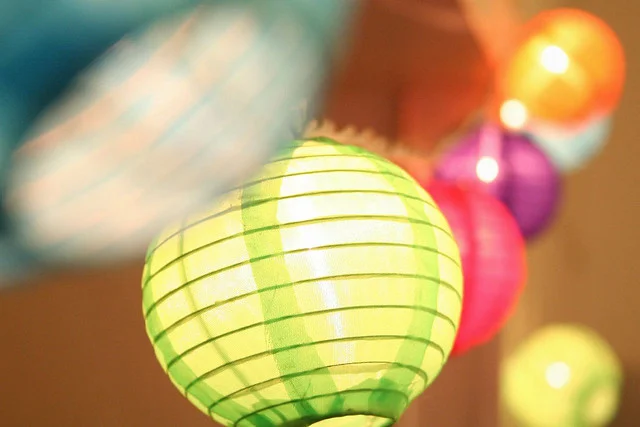This is how you change your writing life: You do something differently.
I know that’s no great revelation. Still, I can forget it in an instant, swept along by my routines and the slick thought loops in my head. My mind must hold a record for the speed at which it can bounce from “I want more time to write,” to “There’s no way to do that!” to “I think I’ll check out ‘Orange is the New Black’ on Netflix.”And then do it again. Repeatedly. For weeks.
Sometimes, though, I wake myself up by moving the furniture. More than once I’ve dragged the bed into the living room to make space for a writing studio. And recently, I did the mental equivalent by shifting my schedule to find room for my poetry project.
This time, didn’t make a spreadsheet or even look at my calendar. My computer and filing cabinet are littered with fancy renditions of a “perfect schedule,” color coded and neatly printed, with time slots for everything including the 10 glasses of water I’ll drink and the 23-minute power nap I’ll take. I love the exercise of creating those visions of efficiency, but once they’re done, they make me twitchy. And by the time I get to Day 2, I feel like a failure.
What’s working? Can you copy that?
So I started with a different question, one I think we don’t ask nearly often enough: What’s working for me now? Not “What rotten habits do I need to break?” but “What's making me happy and giving me the results I want?"
The answer was easy. Some time ago, I got into the habit of rolling out of bed and going straight to the gym. I had never been that person before, and could go for months—years!—without exercising. But I started going to group classes and found that I liked the Follow the Leader aspect, the too-loud music, the endorphins, the crazy Russian lady teacher. I didn’t have to think, I just had to show up and put my right foot in, or shake it all about, when someone gave the cue. You didn’t have to be fully awake to do it—who knew?
Perhaps best of all, for the rest of the day, I didn’t have to think about that exercise I meant to squeeze in, or feel defeated when I didn’t get around to it.
What was working for me? Crossing “exercise” off the list before the day roared off the blocks. I got great pleasure out of knowing that no matter what else happened, I had a tiny accomplishment to show. I could definitely use more of that. I could tack my writing onto that routine.
It made me happy to imagine walking into my working hours having already spent time with my own thoughts, my own words. Without a lot of angst or drama, I decided to try it. Mostly, I was curious to see how it would feel.
Let's just pretend it's night...
It took me a few days to set my alarm an hour earlier and see what it was like to open my computer to a writing file without looking at e-mails or news or anything else. It helped that I was too sleepy to care much about what anyone else was doing at that hour. I’d been snoring just moments before. I typed the date on the top of the page, dimmed the brightness of the screen so I could pretend it was still night, and let myself write.
I’ve learned that it’s not good to stare too long at a blank document without moving my fingers, because my body’s apt to slide back into a snooze. I’ve pointed myself to writing prompts when my mind doesn’t find a foothold or pick up where it left off the day before. I'm still learning what works.
I’ve been surprised by the images that wind up on the page, the stories that bubble out of sleep. And I've been struck by this unthinkable twist: It’s possible to be a confirmed night person and a person who writes her way out of dreams before 7 a.m.
Guilt and self-blame vs. desire
This “first thing” writing is an ongoing experiment that may well be replaced by another. But it feels like a keeper, and I’ve been trying to figure out why. I'd been resisting this for years.
There seems to be a difference—a big one—between setting out to fix something broken (“I’ve failed because I can’t make enough time to write!”) and deciding to build on something that makes you feel good. The first seems to come straight from the Inner Critic. And the second seems rooted in those natural magnets, pleasure and desire.
The magic is in following the pull.
(Image of moon at dawn by Babu Kantamneni via Flickr.)





